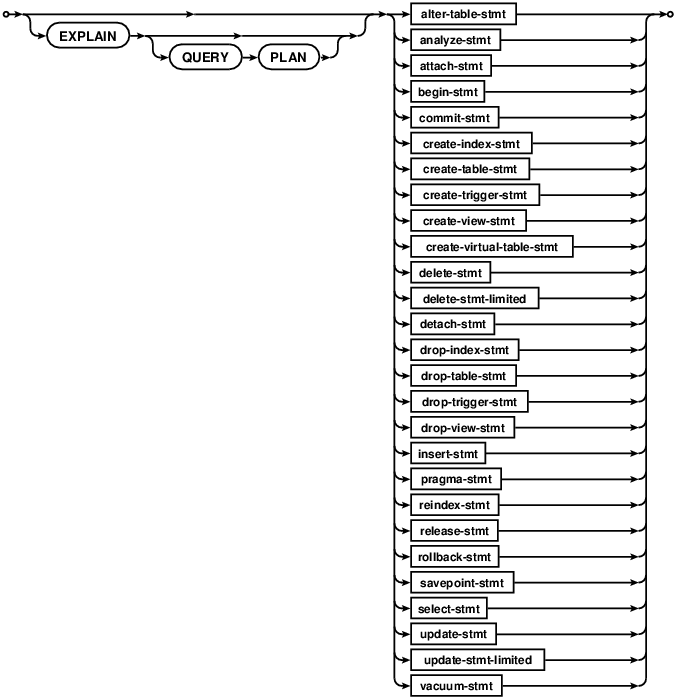
Such mode provides more significant performance increase when working with log. MEMORY - the rollback journal is kept in RAM and doesn’t use the disk subsystem.However, such an operation may be executed faster than DELETE or TRUNCATE. In this case, the log file size doesn’t change and it can require quite much space. PERSIST - instead of deleting and truncating, the log file header is filled in with zeros.This works faster than log deleting on a number of platforms, since the catalog containing the log file is not modified at this. TRUNCATE - after transaction is committed, the log file is truncated to 0 size.DELETE (the default value) - in this mode the log file is deleted after transaction is committed.PRAGMA JOURNAL_MODE accepts the following values: The parameter sets the database log working mode (rollback journal file used on transaction processing). When the TEMP_STORE parameter is changed, all the temporary tables, indexes, triggers, views are deleted.Īccording to the retrieved results, making RAM a storage for temporary DB objects increases performance a little. 2 | MEMORY - temporary objects are stored in memory.1 | FILE - temporary objects are stored in a file (its location depends on the used OS).0 | DEFAULT - the default value, when location of temporary objects storage is defined by the option, which is set during SQLite compilation.This parameter allows to specify location of temporary objects in the database: tables, indexes, triggers, views, etc.
#USING WHERE CLAUSE IN DB BROWSER FOR SQLITE WINDOWS 7#
We’ll run the test project on 2 platforms: Microsoft Windows 7 x86 and MacOS X 10.9 Mavericks. ParamF_STRING.AsString := 'Values ' + IntToStr(i + 1) ParamF_INTEGER.AsInteger := i + 5000 + 1 := 'INSERT INTO SPEED_TEST VALUES (:ID, :F_INTEGER, :F_FLOAT, :F_STRING, :F_DATE)' ParamID := ('ID') ParamID, ParamF_INTEGER, ParamF_FLOAT, ParamF_STRING, ParamF_DATE: TDAParam In each test, we will delete the database and re-create it, and then insert 10,000 records to the SPEED_TEST table as follows: var

We will use a test table SPEED_TEST in our project: CREATE TABLE SPEED_TEST (ĬONSTRAINT PK_BATCH_TEST PRIMARY KEY (ID)

Let’s analyze the impact to inserts performance by different PRAGMAs using LiteDAC. Modification of these parameters may increase performance, however, note, that the data corruption risks increase too. The fact is that SQLite parameters are oriented not to high performance by default, but to maximum data safety and integrity. Parameters of the DBMS may also be configured using so-called PRAGMA ( ). However, this approach is not the only way to increase performance in SQLite. See more details about it in the SQLite documentation ( ). Such an approach increases SQLite data modification performance by times. In this case, each DML statement won’t be executed in a separate transaction, but a single transaction will be started before the whole block execution and committed after all modifications. The solution of this problem is quite simple - the block of DML statements may be enclosed into BEGIN … END operators block ( ).

Accordingly, when executing multiple consequent statements, a new transaction will be started and committed for each statement. SQLite starts a transaction automatically every time before any DML statement execution and commits it after execution. The origin of the issue lies in the specificity of using transactions in SQLite. Indeed, sequential executions of not even thousands, but hundreds of INSERTs into a table may take too long. Perhaps, a classic case everyone gets into when using SQLite for the first time is very slow execution of multiple INSERT/ UPDATE/ DELETE operations. One the major issues a developer encounters when using the SQLite DBMS in his applications is its performance issue.


 0 kommentar(er)
0 kommentar(er)
